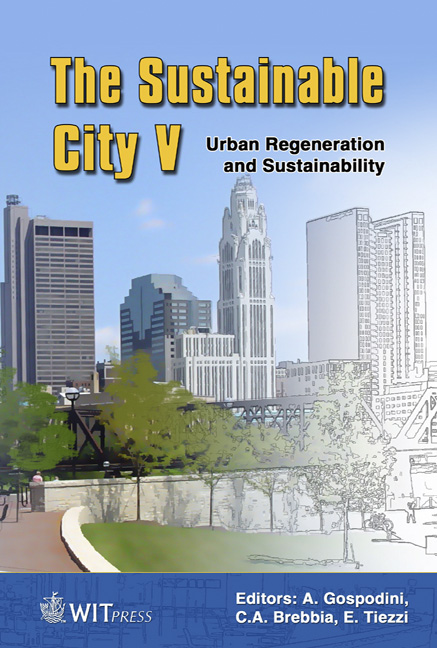Inserting Bus Rapid Transit Into An Existing Transportation System: The Mexico City Experience
Price
Free (open access)
Transaction
Volume
117
Pages
10
Page Range
445 - 454
Published
2008
Size
367 kb
Paper DOI
10.2495/SC080421
Copyright
WIT Press
Author(s)
G. Sands, L. A. Reese, M. Arteaga, C. Espinosa, L. Ibarra, J. Latargere & A. Ruiz
Abstract
In 2005, Mexico City introduced MetroBus, a single BRT line along Avienda de Insurgentes, the main north-south artery through the capital. The line has been well received, attracting more than a quarter million riders every weekday. This single line has connections to suburban trains, the metro system and both the public and private bus systems. This paper reports on a survey of BRT passengers that focused on how MetroBus trips have been integrated with other transportation modes, how the cost of MetroBus compared with total trip costs, general service quality, and desired new routes. It also highlights how BRT can be used in conjunction with other mass transit options to facilitate travel in even the most congested cities, contributing to a more sustainable urban environment. Keywords: bus rapid transit, sustainable transportation, urban transportation. 1 Introduction Since it was first introduced in the city of Curitiba, Brazil in 1968, the concept of bus rapid transit (BRT) has attracted the attention of planners and public officials in countries around the world. As of April 2008, it is estimated that twelve Latin American, three Australian, seven US, and eight Asian cities have BRT systems with more currently under construction [1]. BRT is characterized by dedicated lanes, pre-payment of fares and frequent headways to provide service levels that are comparable to rail systems (although serving slightly fewer riders) but at
Keywords
bus rapid transit, sustainable transportation, urban transportation.





